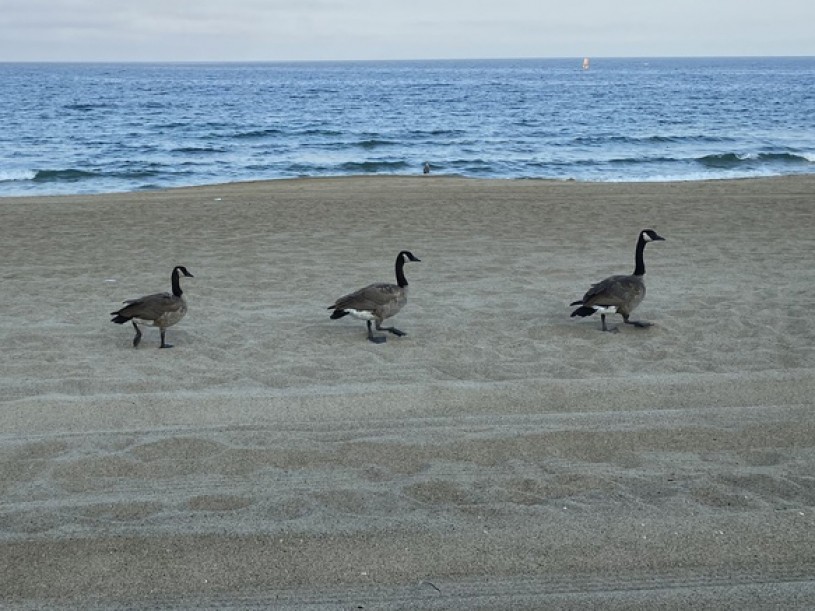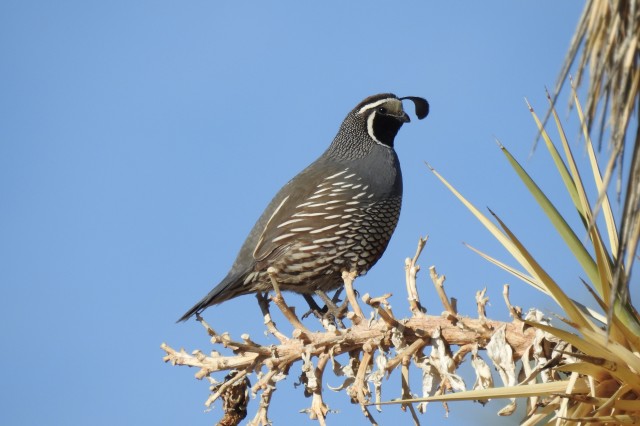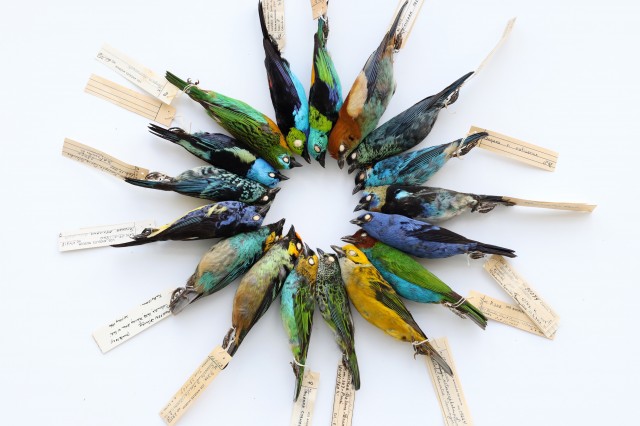Three Horned Larks, Two Spotted Doves and a Seasonal Community Science Tradition
The history and value of North America’s longest running community science project: the Christmas Bird Count
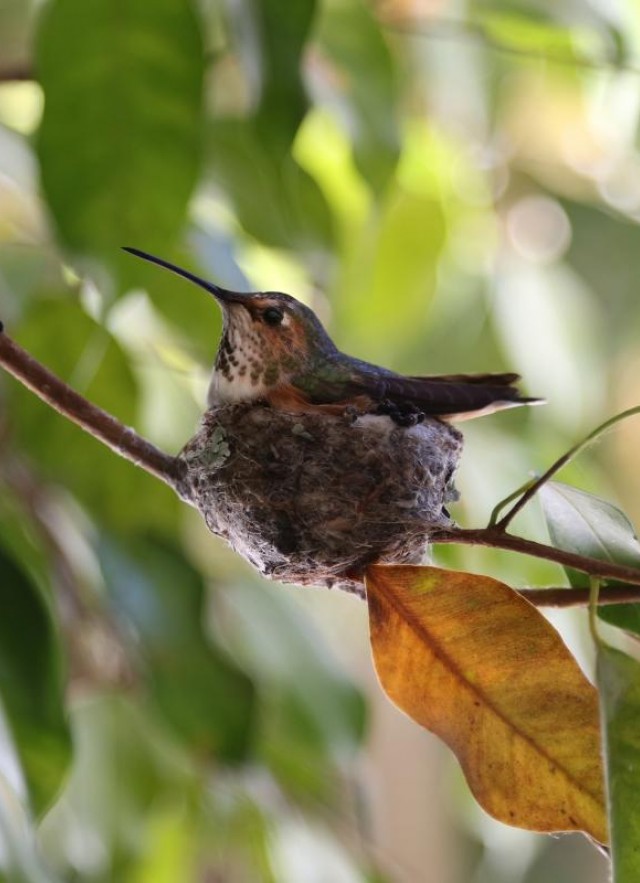
On Christmas Day 1900, a community science holiday tradition was born. While the idea of conservation was still in its infancy, scientists and bird enthusiasts were becoming alarmed by the decline in bird populations. Frank M. Chapman, ornithologist and officer in the still embryonic Audubon Society, developed the “Christmas Bird Census” to count birds over the holiday season instead of shooting them. 25 Christmas Bird Counts were held that year on December 25th in locations as disparate as Toronto and Los Angeles, kicking off the longest running community science project in North America.
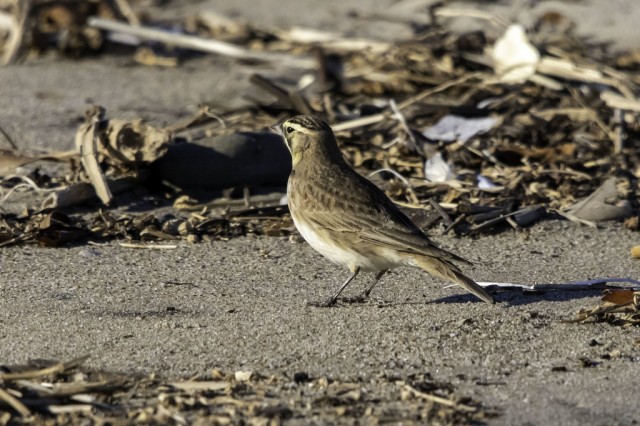
© iNaturalist user zabbey
"Open country and grassland birds have been among the biggest losers with the transformation of the environment in the Los Angeles Region. For example, the L.A. Christmas Bird Count recorded an average of 166 Horned Larks a year between 1946 and 1950, whereas the species has not been recorded at all in the most recent five counts (2016-2020)." Kimball Garrett
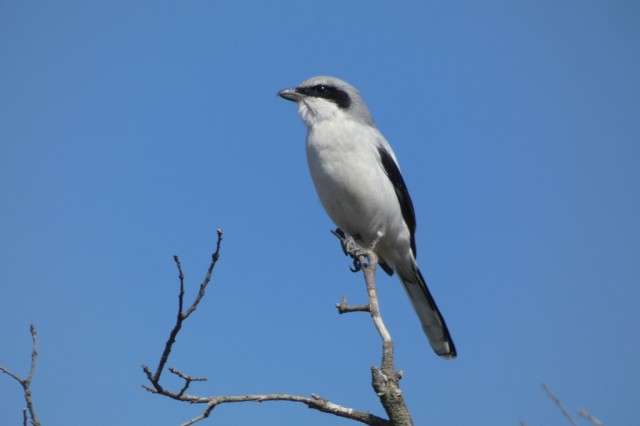
© iNaturalist user malibupost
"Loggerhead Shrikes were once common here—with 42 birds found on the average count 75 years ago; today we find, on average, fewer than one shrike per year." Kimball Garrett
1 of 1
"Open country and grassland birds have been among the biggest losers with the transformation of the environment in the Los Angeles Region. For example, the L.A. Christmas Bird Count recorded an average of 166 Horned Larks a year between 1946 and 1950, whereas the species has not been recorded at all in the most recent five counts (2016-2020)." Kimball Garrett
© iNaturalist user zabbey
"Loggerhead Shrikes were once common here—with 42 birds found on the average count 75 years ago; today we find, on average, fewer than one shrike per year." Kimball Garrett
© iNaturalist user malibupost
Twenty-seven birders conducted that first Christmas Bird Count, founding a tradition that’s been growing steadily for more than a hundred years. From December 14 to January 5, birders across North America and beyond brave the elements to survey everything feathered in a 15 mile diameter (7.5 mile radius). NHM’s Ornithology Collections Manager Kimball Garrett’s history with the count goes back more than fifty years. “My first Christmas Bird Count was here in Los Angeles in the winter of 1967-1968,” says Garrett. “I'm not sure how much help I was then, but I've participated in one to six Counts every year since then. I helped compile the Malibu Christmas Bird Count during most of the 1980s, and have missed only a small handful of Los Angeles or Malibu Counts over the last 50 years.”
That data helps track the health of bird populations across the continent from decade to decade, informing conservation efforts. “Like the specimens in our research collection, this is one of the few ways that we can travel back in time to a specific place and know what birds were there,” says NHM’s Assistant Curator of Ornithology Allison Shultz. “What makes this especially valuable is that the data were collected in the same places over long periods of time, and there are good records of exactly how many observations of what species and how many observers there were. Both of these details are useful for statistical analyses."
The Bird Count brings together research scientists, experienced birders, and less experienced ones too. With such a mix of skill levels, the resulting data can be imperfect. “While the data aren’t perfect, over such a long time and so many different places, you can definitely identify trends and begin to understand how bird communities have changed,” says Shultz. It’s a chance for the birding community to grow and pass down knowledge to newcomers. The holiday season also happens to be a uniquely useful time of year to survey birds, according to Shultz. “Another valuable aspect of this count is that it is done during the winter—many other long-term efforts (e.g. breeding bird surveys) are done in the summertime, when there is a completely different bird community. So, this is complementary.”
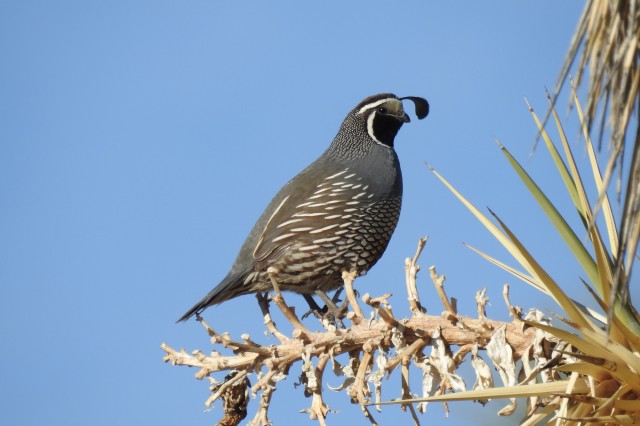
Kimball Garrett
Some birds that live in chaparral and other scrub habitats but don't tolerate urban hardscape have also declined. California Quail were very common 75 years ago (157 per count on average), but today we find an average of fewer than 6!
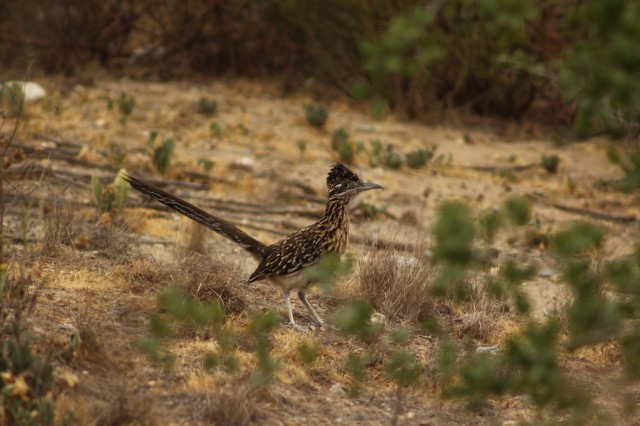
© iNaturalist user kmaccormick
Greater Roadrunners, too, have declined, though they were never common (an average of two found annually 75 years ago, but none in the past five years).
1 of 1
Some birds that live in chaparral and other scrub habitats but don't tolerate urban hardscape have also declined. California Quail were very common 75 years ago (157 per count on average), but today we find an average of fewer than 6!
Kimball Garrett
Greater Roadrunners, too, have declined, though they were never common (an average of two found annually 75 years ago, but none in the past five years).
© iNaturalist user kmaccormick
Tracking Birds in L.A.'s Urban Forests
With over a century of data, the Christmas Bird Count helps ornithologists track where birds are wintering, their fluctuating populations and who’s been flocking in L.A. for over a hundred years. “The counts usually are centered in urban areas, so we get a snapshot of the urban bird communities. So, by combining that knowledge with what we know about how urban areas have changed through time, we can understand how urbanization is impacting winter bird communities—something not as frequently studied as breeding bird communities, but just as important,” says Shultz. In a city as sprawling as Los Angeles, the diameters of each Bird Count area are bound to touch some of the green spaces, or “urban forests”, that have been sprouting in the city since 1900. Often planted with non-native species, these man-made green spaces affected which birds felt at home in Los Angeles over the years. The Bird Count offers a unique record of how the changes Angelenos made to their landscape have impacted their avian neighbors.
“In many species the 'decision' on where to spend the winter is driven by annual variation in food crops and weather patterns. Nomadic or irruptive (birds without fixed breeding or wintering grounds) species like Pine Siskins, Red Crossbills, Red-breasted Nuthatches, Varied Thrushes, etc., will move to different areas in different years, and Christmas Bird Counts are ideally suited for determining where these irruptive species go each winter,” says Garrett. The length and breadth of the Christmas Bird Count’s data lets researchers reach further into environmental history of localities to get an even bigger picture of how bird communities change over time. “These movements can then be correlated with data on food crops (e.g. berries or conifer seeds), and sometimes even with breeding productivity in the previous and following breeding seasons.”
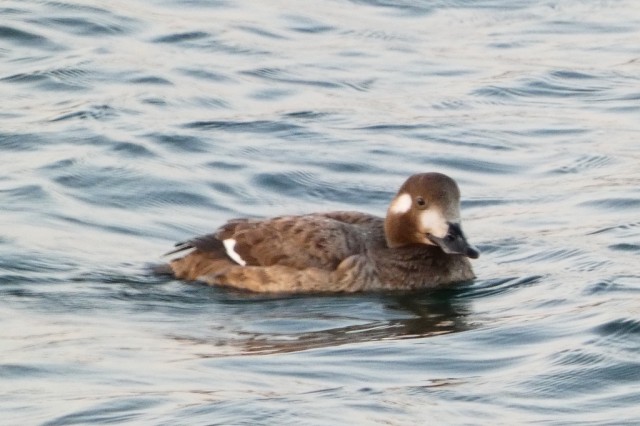
© iNaturalist user saraclementina
"Some declines are harder to explain and probably have little to do with urbanizations. From 1946 to 1950, some 32 White-winged Scoters (a diving sea duck) were found annually along the sliver of coastal waters within the Los Angeles Christmas Bird Count circle, but the species hasn't been seen at all in the last five years. Are our waters now less hospitable for a duck that feeds on shellfish and other small marine creatures, or have a changing climate and currents caused this species which breeds in Alaska and Canada to shift its wintering range farther north?" Kimball Garrett
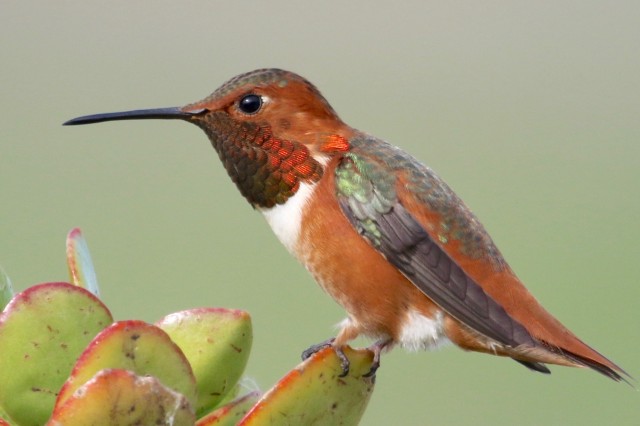
© iNaturalist user abcdefgewing
"Striking are the bird species that were not found at all on the Los Angeles Christmas Bird County 75 years ago but are now among our most familiar urban denizens. Allen's Hummingbirds went from complete absence to an average of 329 individuals a year—having expanded their range from the Channel Islands to the mainland beginning in the 1950s." Kimball Garrett
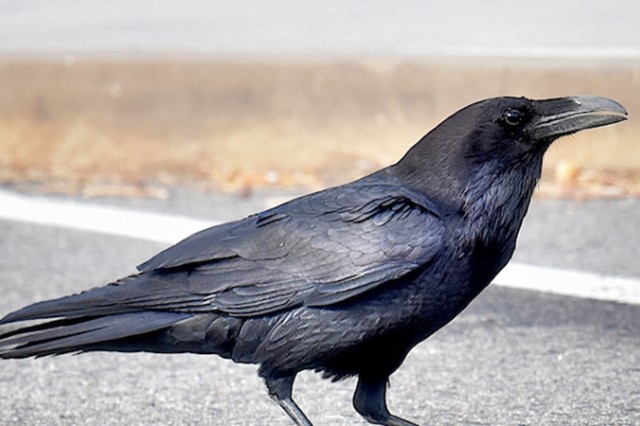
Kimball Garrett
Common Raven
1 of 1
"Some declines are harder to explain and probably have little to do with urbanizations. From 1946 to 1950, some 32 White-winged Scoters (a diving sea duck) were found annually along the sliver of coastal waters within the Los Angeles Christmas Bird Count circle, but the species hasn't been seen at all in the last five years. Are our waters now less hospitable for a duck that feeds on shellfish and other small marine creatures, or have a changing climate and currents caused this species which breeds in Alaska and Canada to shift its wintering range farther north?" Kimball Garrett
© iNaturalist user saraclementina
"Striking are the bird species that were not found at all on the Los Angeles Christmas Bird County 75 years ago but are now among our most familiar urban denizens. Allen's Hummingbirds went from complete absence to an average of 329 individuals a year—having expanded their range from the Channel Islands to the mainland beginning in the 1950s." Kimball Garrett
© iNaturalist user abcdefgewing
Common Raven
Kimball Garrett
The Christmas Bird Count project makes looking back on 75 years of data relatively easy, and Garrett did just that, pulling out some striking stories of birds in Los Angeles for this story. “As for impacts of urbanization, trends over the years and decades provide vivid evidence of how there are 'winners' and 'losers' as we humans alter natural habitats into urban ones,” Garrett adds. He cites the story of the Brewer’s Blackbird. It dropped from an average of 1,500 birds per Count to 176, a startling decrease Garrett describes as “cryptic” because the birds are still numerous enough that birders and conservationists may not notice their declines—but the Count’s data makes it easy to spot and hopefully address before it’s too late.
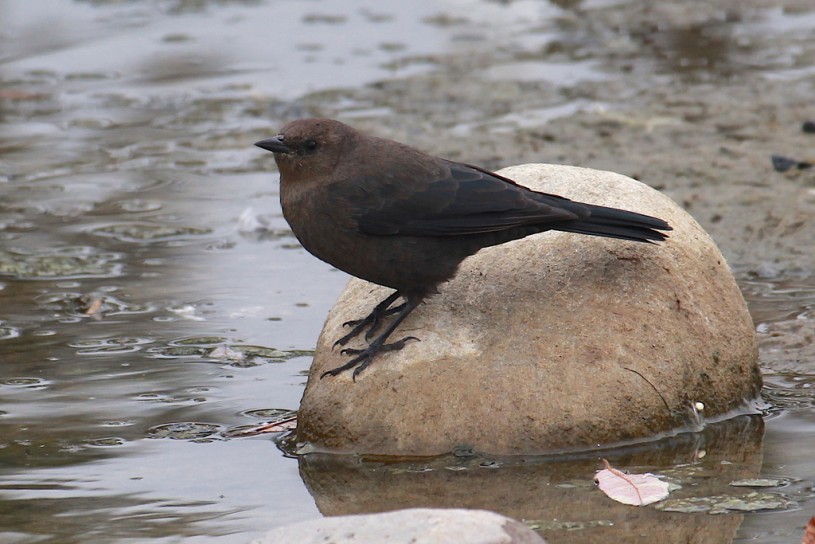
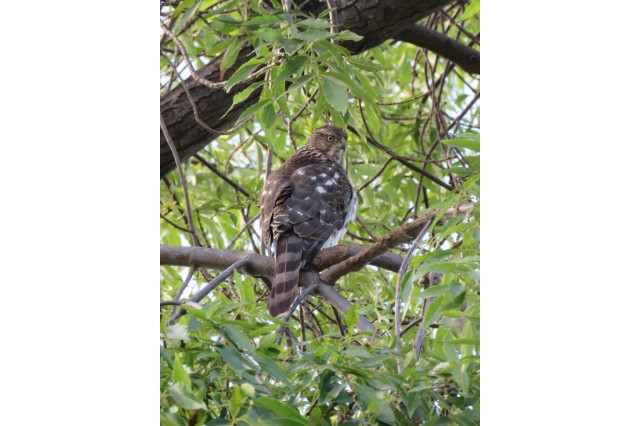
iNaturalist user © tigran82
"Other conspicuously increasing species include Cooper's Hawk, Cassin's Kingbird, and Great-tailed Grackle." Kimball Garrett
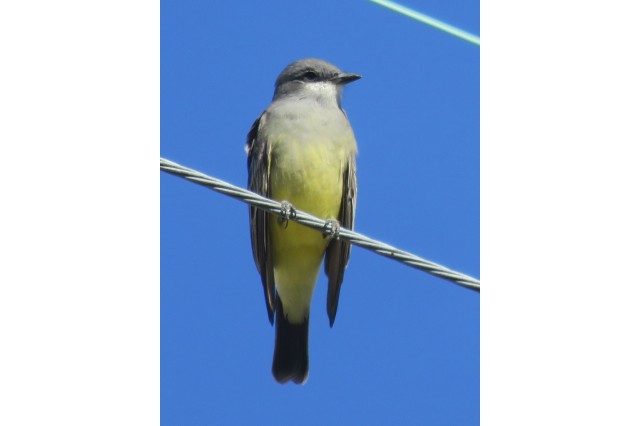
iNaturalist user © kelsonv
A Cassin's Kingbird observation from iNaturalist.
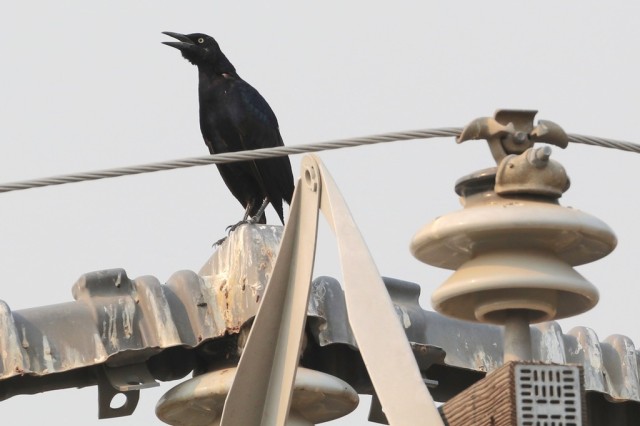
© iNaturalist user Rosalind Helfand
A Great-tailed Grackle from iNaturalist.
1 of 1
"Other conspicuously increasing species include Cooper's Hawk, Cassin's Kingbird, and Great-tailed Grackle." Kimball Garrett
iNaturalist user © tigran82
A Cassin's Kingbird observation from iNaturalist.
iNaturalist user © kelsonv
A Great-tailed Grackle from iNaturalist.
© iNaturalist user Rosalind Helfand
You don't need a holiday for community science
Like everyone’s holiday plans, the Christmas Bird Count is changing for 2020. Chances are if you’re reading this, and you haven’t signed up for a Bird Count, you’ll have to wait until next year to participate. In an effort to promote the safety and health of the public, many of this year’s counts have been curtailed. Hopefully we’re able to safely join NHM’s researchers out in the field for the 122nd Christmas Bird Count. Until then, it’s imperative that we protect ourselves and our communities. In that spirit, NHM’s Ornithology team will not be sponsoring its own count this year.
If you’re down about this year’s Bird Count, take heart. NHM’s community science projects like SLIME, the Southern California Squirrel Survey and many others programs in the Urban Nature Research Center that are just getting their traditions going. You can give yourself the gift of discovery any day of the year with iNaturalist, where many of the stunning bird images in this story were uploaded as observations. Keep your nature eyes open in every season, and we'll keep our binoculars peeled for you at next year's Christmas Bird Count.
